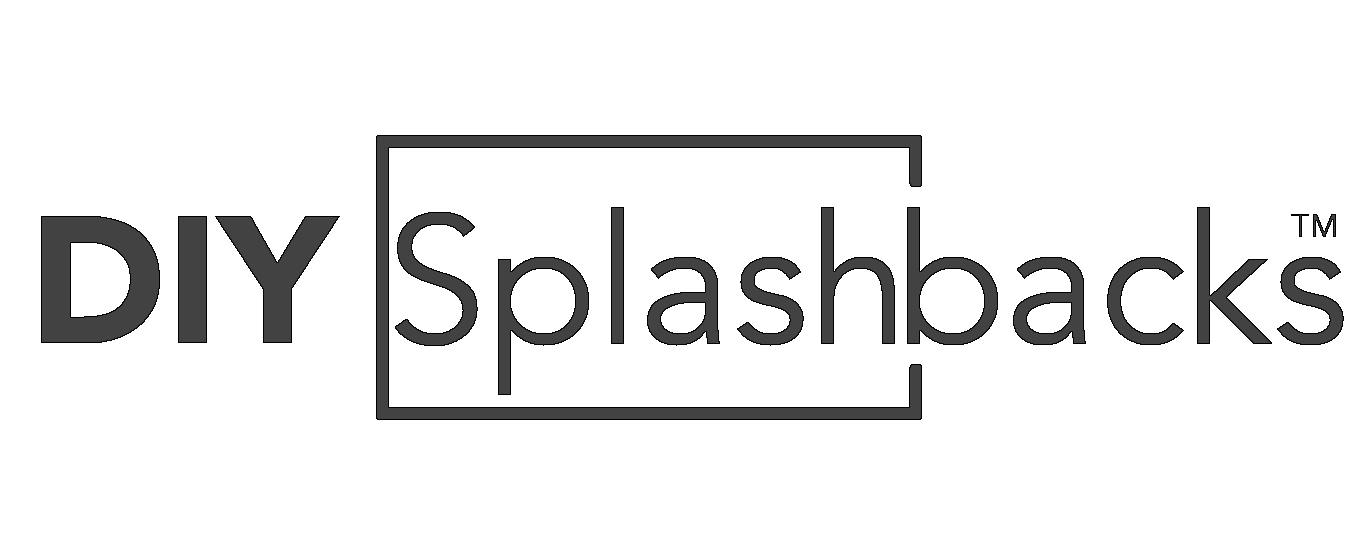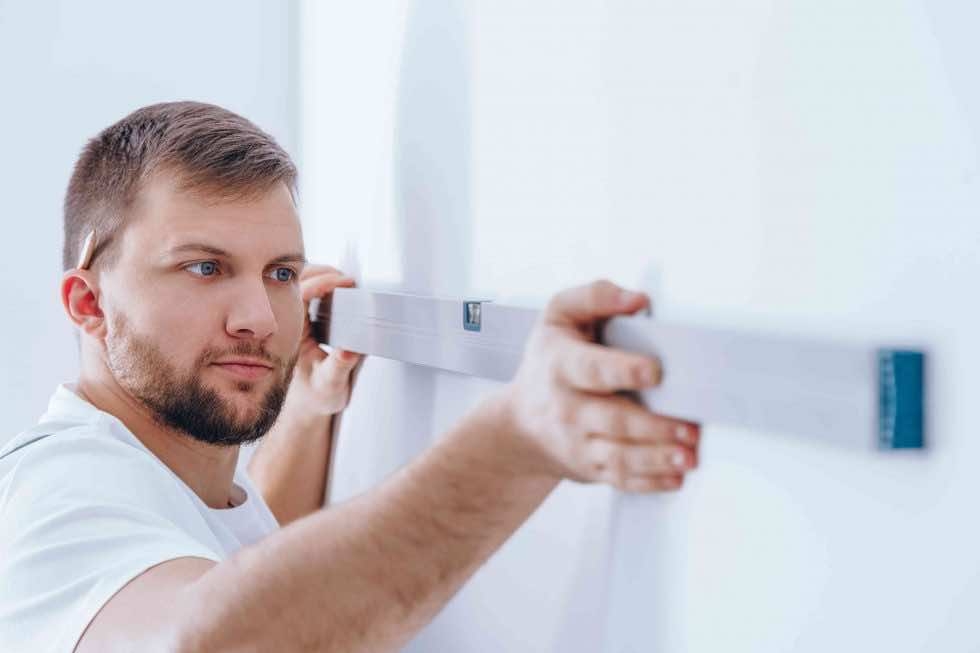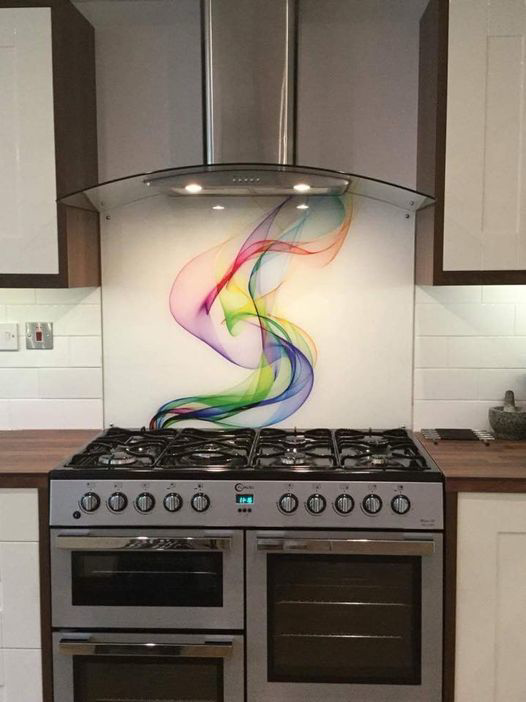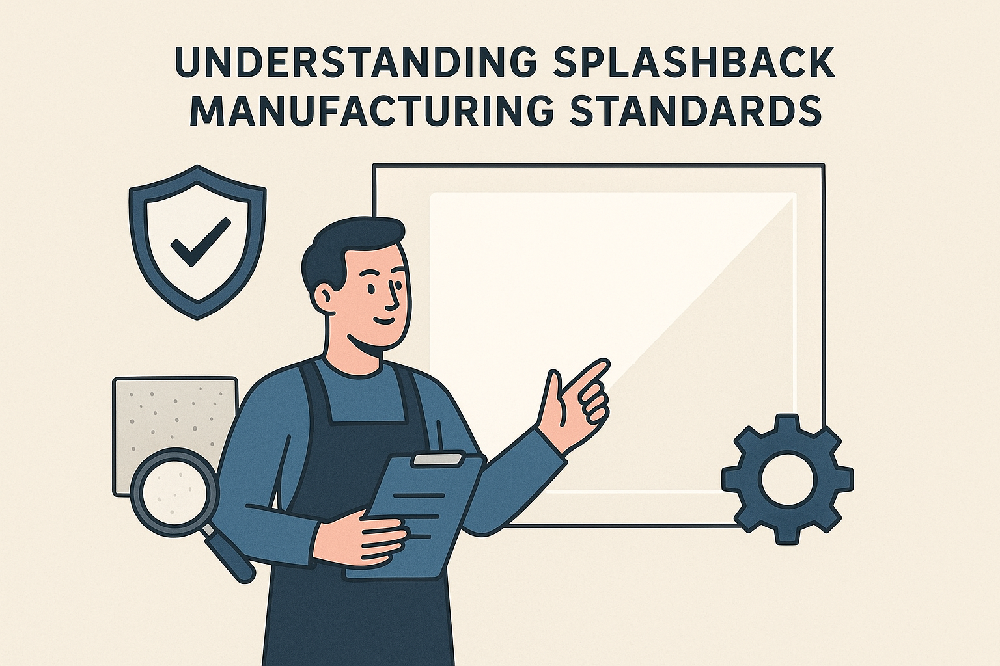Best Material for Kitchen Splashbacks: A Complete Buyer’s Guide
In every kitchen, the splashback does more than protect the walls — it defines the tone, texture, and personality of the entire space. Whether you’re renovating or starting from scratch, choosing the right material is a strategic design decision that blends aesthetics, durability, and practicality.
At DIY Splashbacks, you can explore an extensive range of modern and traditional splashback materials that strike the perfect balance between timeless craftsmanship and forward-looking design.
1. Glass Splashbacks – The Modern Standard
Glass is arguably the most popular choice today, and for good reason. A glass kitchen splashback delivers a sleek, reflective finish that opens up the room, making it feel larger and brighter.
It’s also toughened, meaning it can withstand high temperatures from cooktops and is easy to clean — simply wipe and go.
Why homeowners love it:
Non-porous and hygienic
Fully customizable with colored glass splashbacks or printed designs
Seamless installation and minimal joints
Ideal for: Contemporary homes seeking a modern, low-maintenance look.
2. Acrylic Splashbacks – Affordable, Stylish, and Lightweight
If you want a high-impact look without the premium price tag, acrylic splashbacks are your best bet. They mimic the glossy look of glass while being easier to cut and install — perfect for DIY projects.
Why it works:
Lightweight yet durable
Easy to install yourself (no need for professional fitting)
Available in a range of vibrant colours and finishes
Pro Tip: Acrylic isn’t suitable directly behind gas hobs, but it’s ideal for other kitchen zones where heat exposure is minimal.
3. Mirror Splashbacks – Elegant and Space-Enhancing
Transform small kitchens into open, light-filled spaces with mirror splashbacks. These reflective panels add depth and glamour while maintaining a clean, seamless aesthetic.
Why they shine:
Visually expands tight spaces
Adds luxury appeal without overwhelming the design
Easy to clean and maintain
Available options: Standard, bronze, and grey mirrored finishes for a tone that suits your interior palette.
4. Colored Splashbacks – Where Function Meets Personality
A splash of color can completely redefine your kitchen’s atmosphere. With colored glass splashbacks, you can match or contrast tones across walls, cabinetry, and countertops.
Key advantages:
Available in hundreds of custom shades
Durable, heat-resistant, and easy to clean
Adds personality while maintaining a premium feel
From bold primaries to muted neutrals, DIY Splashbacks offers full colour matching to brands like Dulux and Farrow & Ball.
5. Printed Glass Splashbacks – Customisation at Its Best
For those who want their kitchen to stand out, custom printed splashbacks are a statement of individuality. You can upload your own high-resolution image or choose from thousands of designs.
Benefits include:
Fully bespoke visual appeal
Heat-resistant toughened glass construction
Seamless integration with your overall kitchen design
This option turns your cooking space into a conversation piece that reflects your unique personality.
Final Thoughts
Selecting the best material for your kitchen splashback depends on how you balance practicality, cost, and design vision.
For modern, high-impact kitchens, go for glass splashbacks.
For budget-friendly upgrades, acrylic splashbacks offer style without compromise.
For custom artistry, nothing beats a printed or colored glass design.
Each material brings its own strengths — and at DIY Splashbacks, you’ll find everything you need to turn your vision into reality.



_1000.png)
